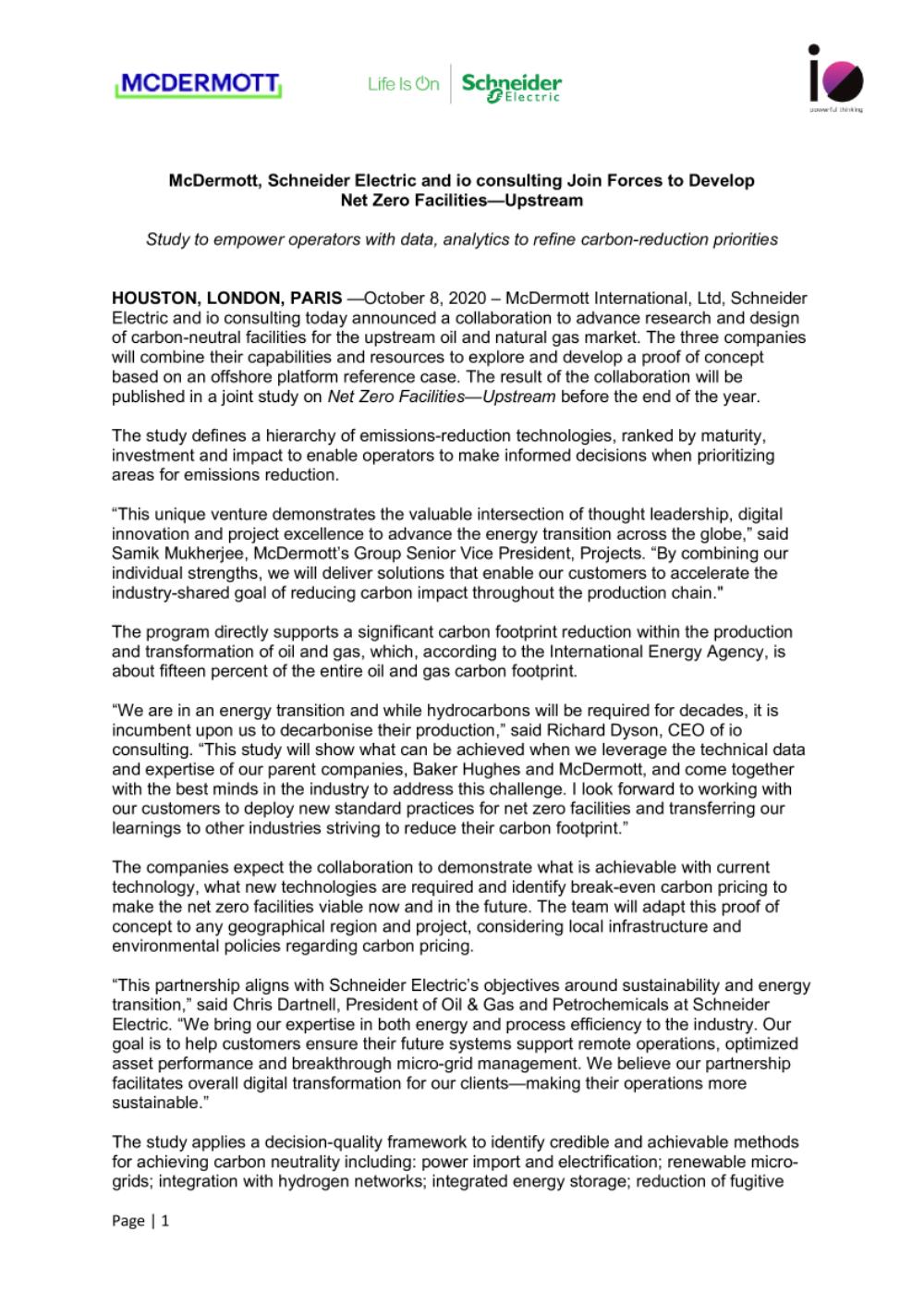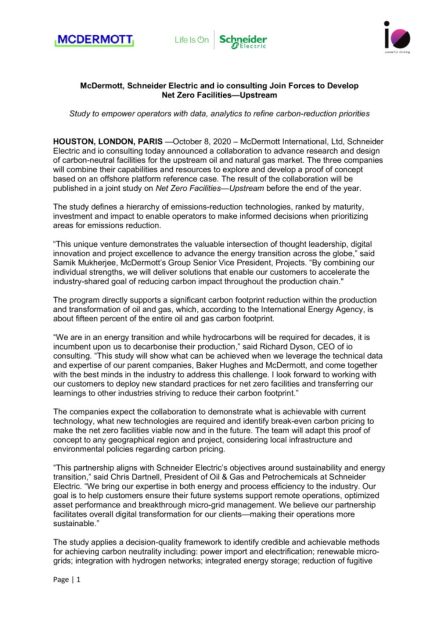
**Controlling Electricity Expenses: An Extensive Guide for Companies**
Electricity usage represents a vital operational expense for organizations of varying scales. Escalating energy costs and inefficiencies in consumption can substantially affect profitability and sustainability objectives. Implementing proactive measures to manage electricity expenses is crucial for enhancing operational effectiveness and securing financial stability in the long run.
This guide will explore three proven techniques for minimizing electricity costs while sustaining or boosting your company’s productivity: integrating energy-efficient technologies, performing thorough energy assessments, and refining your energy procurement approach.
—
### **Adopt Energy-Efficient Techniques and Technologies**
The journey to reduce energy consumption frequently starts with modernizing technologies and instilling energy-efficient habits in everyday operations. By enhancing current systems and promoting an energy-aware culture among staff, companies can realize both financial and ecological gains.
Here are practical methods to initiate the process:
#### **1. Switch to Energy-Efficient Lighting**
Lighting represents a significant portion of energy expenses, particularly in environments such as offices, retail outlets, and storage facilities. Merely replacing traditional bulbs—like incandescent or fluorescent—with LED lights can decrease electricity usage by up to 80%. LEDs are not only much more energy-efficient but also possess a vastly longer lifespan, which diminishes replacement and upkeep costs.
For further savings, think about installing motion detectors or programmable timers in low-traffic areas, such as supply rooms or hallways, ensuring lights are active only when necessary.
#### **2. Enhance HVAC Systems**
Heating, ventilation, and air conditioning (HVAC) systems are significant consumers of energy. Regular maintenance tasks such as cleaning filters and sealing duct leaks can greatly boost system efficiency. Upgrading your HVAC to a model with high energy-efficiency ratings and incorporating programmable thermostats can lead to additional savings. These thermostats automatically adjust temperatures during off-hours or periods of low activity, avoiding superfluous heating and cooling.
#### **3. Invest in Energy-Saving Equipment**
Machinery and office devices like computers, printers, and production apparatus can deplete energy if not carefully monitored. When acquiring new equipment, focus on energy-efficient models bearing Energy Star or similar eco-certifications. Simple actions, like enabling power management modes or turning off devices after hours, also create immediate savings.
#### **4. Improve Building Insulation**
A facility with inadequate insulation wastes energy by making HVAC systems operate harder. Insulating walls, roofs, and installing energy-efficient windows (such as double-glazed or low-emissivity glass) can significantly reduce heat loss during winter and heat gain in summer, cutting down your energy requirements.
By integrating these energy-efficient methods and modernizing technologies, enterprises can achieve both short-term cost savings and long-term operational efficacy.
—
### **Perform an In-Depth Energy Audit**
Recognizing where and how your energy is used—and possibly wasted—is a vital step towards cutting expenses. A comprehensive energy audit reveals inefficiencies in your energy use and identifies actionable improvement areas.
#### **Steps for Conducting an Energy Audit:**
##### **1. Analyze Energy Bills**
Start by reviewing historical energy bills to identify trends, such as seasonal usage peaks or unexplained spikes in consumption. Spotting these patterns allows you to focus on inefficiencies and potential waste areas.
##### **2. Inspect Equipment and Systems**
Carry out an on-site evaluation of your business location to examine energy-intensive machines, HVAC systems, lighting fixtures, and other appliances. Look for outdated or malfunctioning equipment that may be wasting excessive power, and contemplate upgrading to more energy-efficient alternatives.
##### **3. Pinpoint Energy Vampires**
Devices like chargers, computers in sleep mode, and appliances that have “phantom energy” consumption can drain power even when not actively in use. Tackling these “energy vampires” through simple solutions—like unplugging them or using power strips—can yield significant savings.
##### **4. Assess Building Infrastructure**
Inefficient building envelopes, inadequate insulation, and drafty windows or doors can increase energy expenses by forcing HVAC systems to work harder. Addressing these deficiencies through insulation improvements or sealing repairs can provide both immediate and ongoing energy savings.
##### **5. Hire Professional Auditors**
Consider engaging a professional energy auditor for a thorough evaluation. These specialists utilize advanced tools to monitor energy flow and discover hidden waste areas—whether stemming from electrical wiring, machinery, or unnoticed inefficiencies. Their insights usually come with actionable strategies to enhance energy utilization and reduce costs.
An exhaustive energy audit furnishes you with a clear understanding of your business’s energy consumption behaviors, allowing you to enact evidence-based strategies for improvement.
—
### **Refine Your Energy Procurement Strategy**
While enhancing energy efficiency tackles consumption, optimizing electricity procurement can reduce costs from the pricing standpoint. Companies can achieve savings by negotiating favorable rates, selecting appropriate tariffs, and managing contracts systematically.
#### **Essential Methods for Optimizing Energy Procurement:**
##### **1. Compare Energy Suppliers**
The energy market is becoming increasingly competitive, with numerous providers offering varied pricing models, discounts, and benefits. Regularly comparing offers ensures that your business gets the best possible deal.
